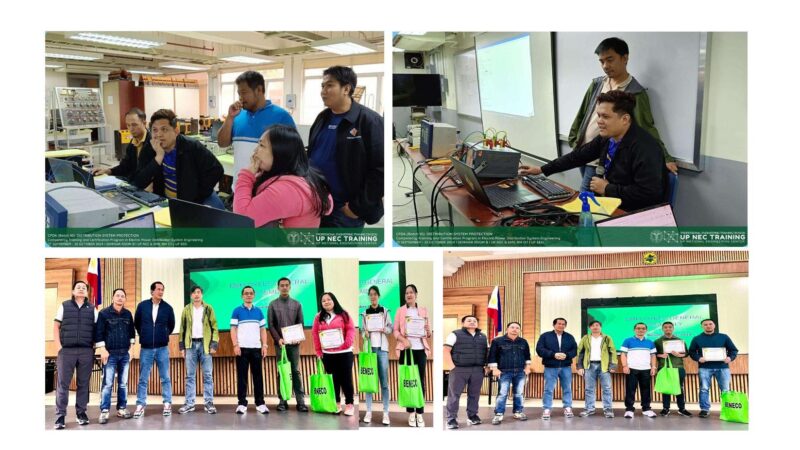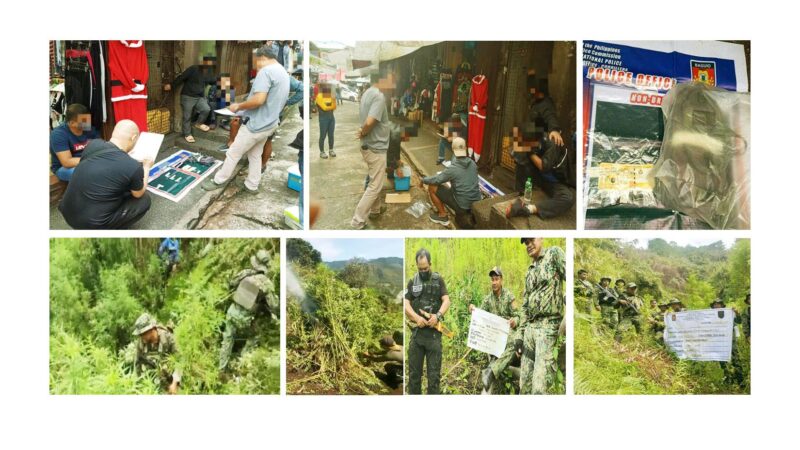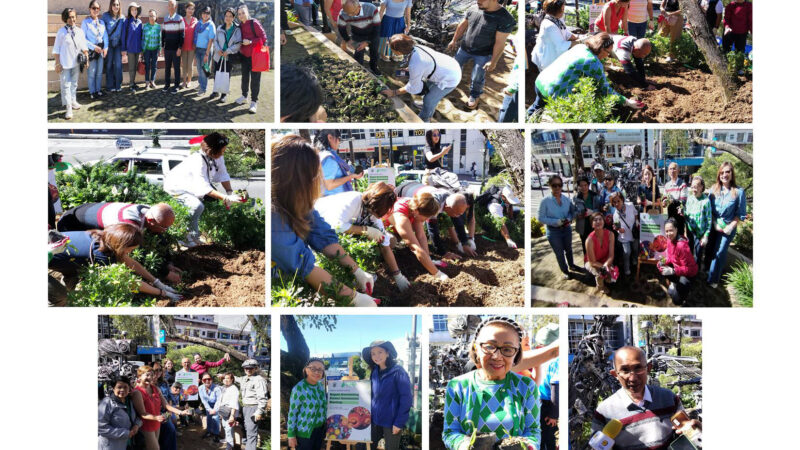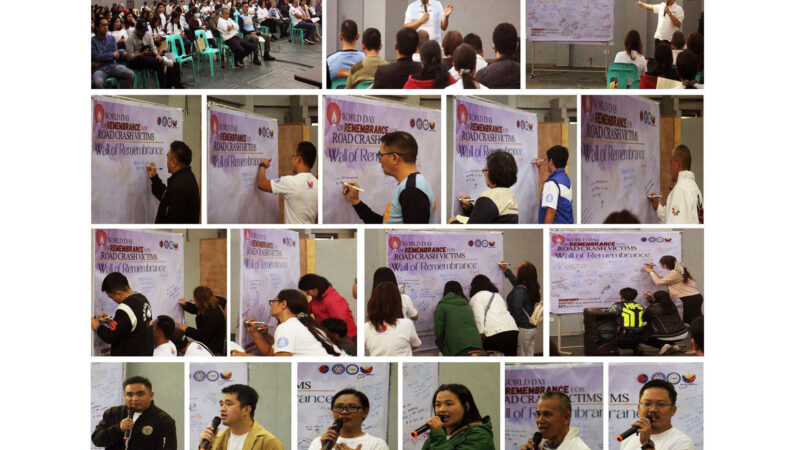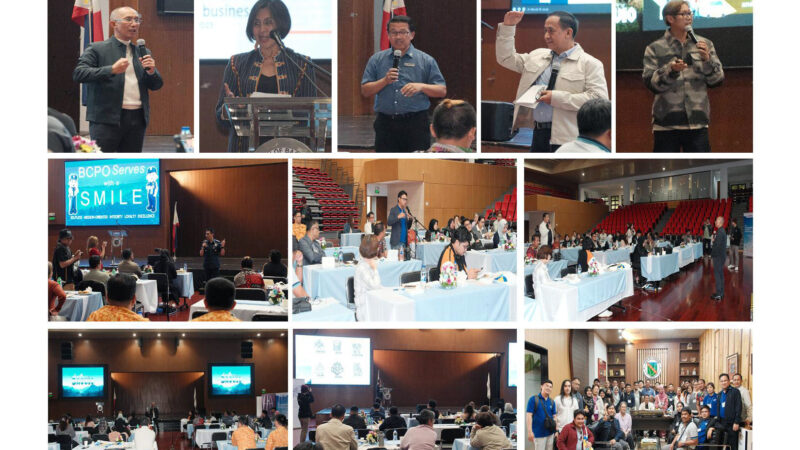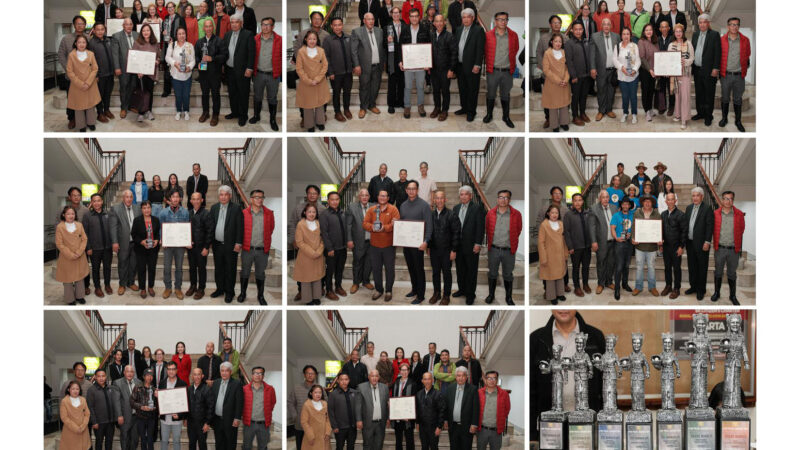Baguio strengthens green initiatives to reduce carbon footprint

The city government of Baguio will strengthen the implementation of projects, programs and activities to reduce carbon footprint in an effort to address climate change impacts.
Mayor Benjamin B. Magalong said this is aligned to the United Nations’ 17 Sustainable Development Goals particularly on Climate Action following the recommendations of a third-party expert.
The pronouncement came after the city received the result of an Asian Development Bank (ADB) study conducted in 2020 on the carbon footprint of Baguio.
Result of the ADB study recently forwarded to the city government revealed that Baguio City had a carbon footprint of 629,483 tons of carbon dioxide equivalent based on 2018 data from the sectors of energy; industrial processes and product use; agriculture, forestry and other land use; waste; others such as indirect emission of nitrous oxides and ammonia.
Engr. Marivic Empizo, assistant department head of the City Environment and Parks Management Office said the ADB study showed Baguio City has relatively higher annual per capita carbon emissions as compared to 1.15 tons of carbon dioxide in the national level.
“Baguio’s per capita emissions is 53 percent higher than the national average,” Empizo read from the ADB study.
The main source of emissions identified was on electricity consumption at 53.56%; road transportation (trucks, buses and jeepneys) at 20.04%; solid waste at 13.01% primarily on methane gas with food and kitchen waste, other biodegradables as main contributors; and, liquid waste at 12.57% particularly on sewage and septage water which releases nitrous oxides and methane.
In 2018, the total power consumption-related emissions for Baguio City were at approximately 337,163.9 tons of carbon dioxide equivalent with road-based transportation as the major source of transport related emissions.
The total greenhouse gas emissions from various modes of road transportation used in Baguio City came to 126,148 tons of carbon dioxide equivalent for the year 2018.
To reduce Baguio City’s carbon footprint, the ADB recommended the following measures.
On power consumption, prioritize power suppliers using a higher proportion of clean/renewable primary sources; implement policies that encourage lower electricity consumption and support adoption of hydro and solar power in the city thus reducing the dependence on external power suppliers and decreasing its carbon footprint.
On transportation, the ADB suggests switching to cleaner fuels such as liquified natural gas (LNG) can be very impactful measure to curb the city’s carbon emissions; switch to electric buses; alternatively, cleaner fuels can be used instead of diesel to reduce emissions; encourage residents to switch to e-motorcycles and electric cars; mobility planning measures to bring sizeable emission reductions if mobility is optimized such as designing walkable and cyclable circuits to cut the necessity of utilizing fuel-based transport for short distances.
On solid waste, focus on initiatives that encourage citizens to reduce, reuse, recycle waste; better waste segregation at the source to optimize recycling and reuse; about 40 percent of the solid waste produced are biodegradables and can hence be used for extracting biogas/methane and/or composting.
Since 10 percent of the city ‘s solid waste contains plastic, the local government should find ways to reduce, reuse and recycle to reduce the cost of transfer and disposal.
The ADB study also suggests that the city could benefit from a local solid waste disposal facility instead of sending its solid waste to faraway landfills. It added, recovery of biogas/methane from waste emissions would be an effective though costly measure.
Meanwhile on liquid waste, the ADB said the present liquid waste collection and transportation infrastructure of the city is insufficient and in an outdated shape.
“This situation is leading to a sizable portion of the liquid waste being released into the water reservoirs without treatment. This, in turn, leads to higher emissions of methane instead of carbon dioxide and ultimately increases the total GHG emissions from the waste sector,” the ADB said.
It added, a sewage treatment plant with increased capacity and a more robust and extended sewer pipe infrastructure is necessary to reduce the emissions for liquid waste.
Fortunately, the mayor said most of the ADB recommendations were identified as among the priority projects of the city. – JMPS


